In the mountainous Chinese province of Guizhou, tourists and locals alike gather once a year for Cunchao, one of the most unique and diverse amateur soccer tournaments in the world.
I recently spent two months in Southwest China, specifically the province of Guizhou. If you haven’t heard of it, you’re not alone — it’s not exactly the most well-known part of the country. A nine-hour bullet train ride from Beijing, Guizhou is closer to Hanoi than Hong Kong as the crow flies.
It’s beautiful though, with plenty of mountains and forests wherever you look. Even the provincial capital Guiyang feels more like a bunch of mini-cities in a cluster because of how mountainous it is. Guizhou is also one of the most diverse provinces in China, with about one-third of the population being an ethnic minority.
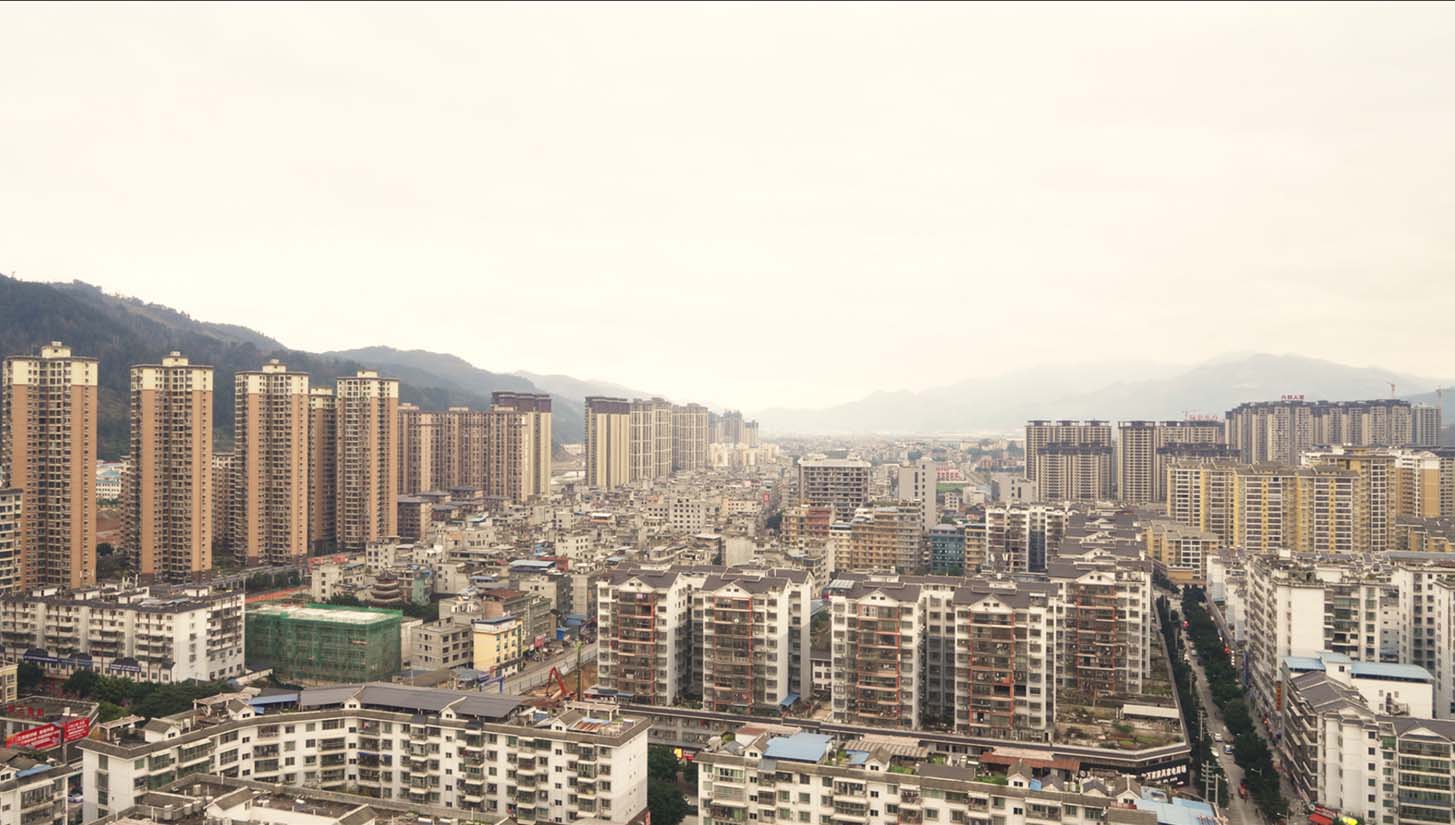
Outside the cities there are counties almost entirely composed of different ethnic groups, like Rongjiang. A one-hour bullet train or five-hour drive from Guiyang, the county of 500,000 has created one of the coolest amateur soccer leagues in the world: Cunchao.
Literally translating to “Super Village,” Cunchao is a 20-team league run every year with over 60 teams participating in the qualifying process.
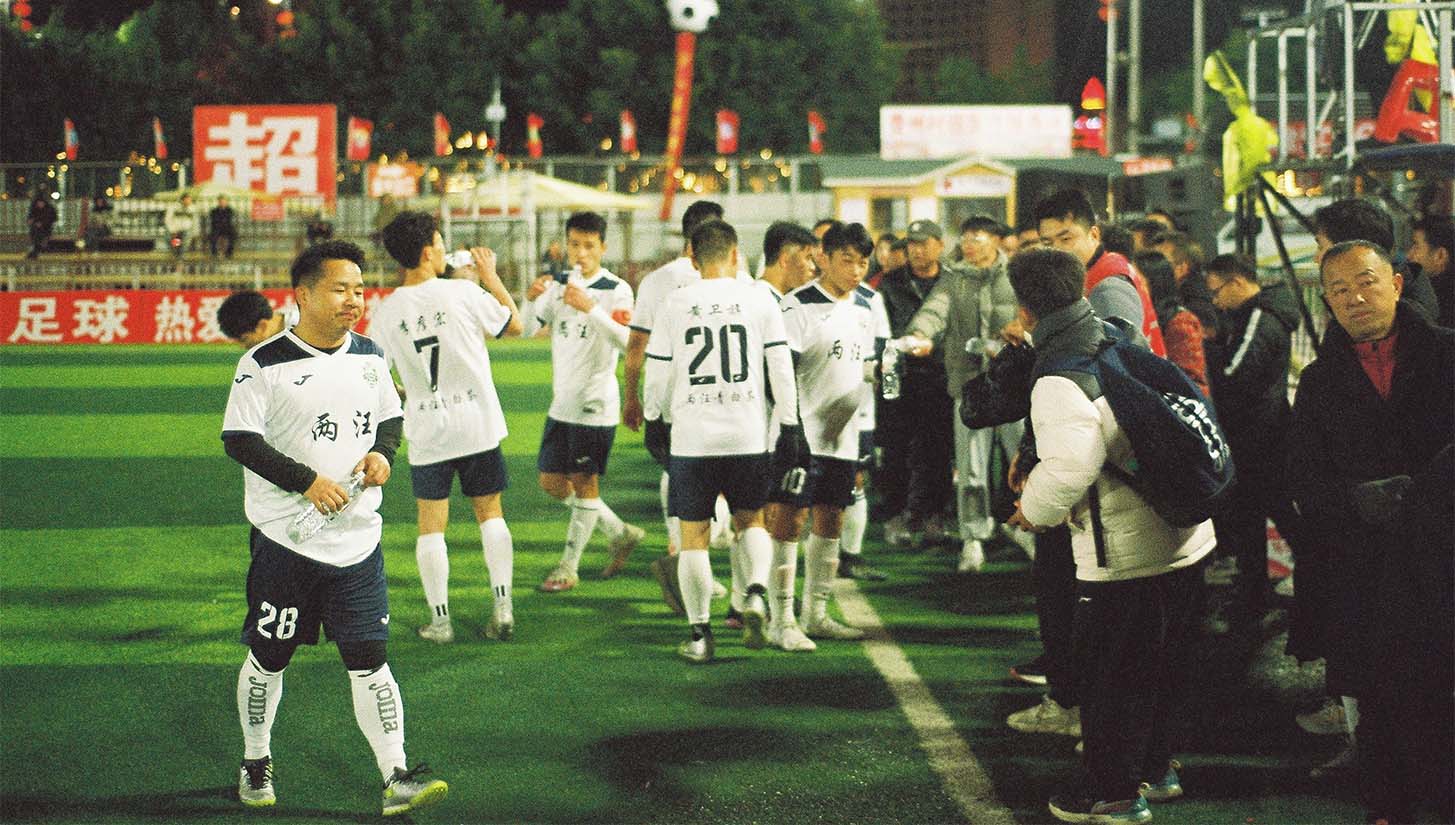
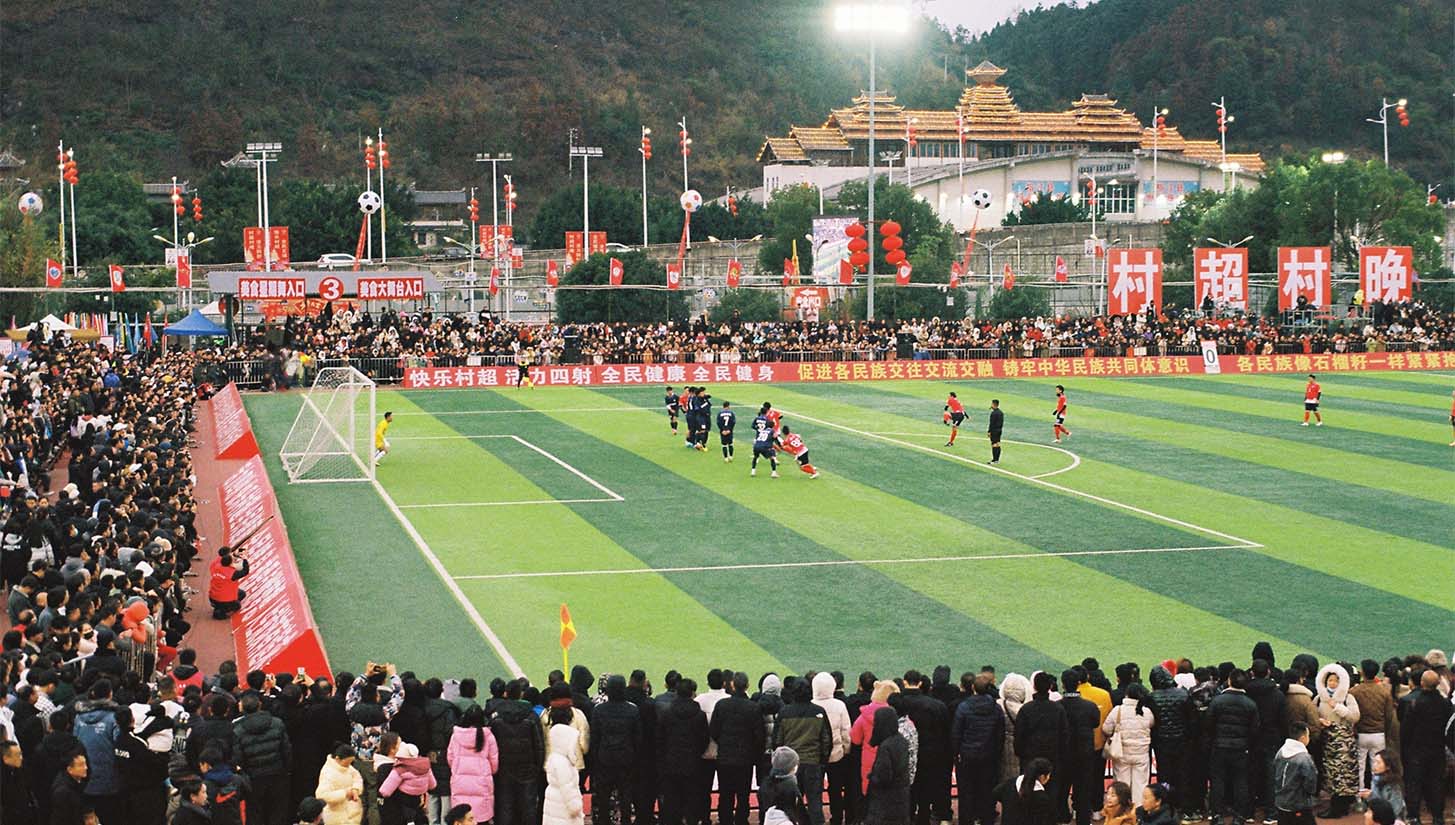
Each team represents a different village in the county and one of four ethnic groups prevalent in the area: Dong, Miau, Shui, and Buyi. Clothing is the only real identifier for the different groups, and that’s assuming the person is even dressed in traditional garb over modern fashion.
At the stadium, there is a sea of outfits and chants. Each team’s fan base gets led in a cheer by the stadium announcer, but the back and forth doesn’t stop until halftime or the end of the game.
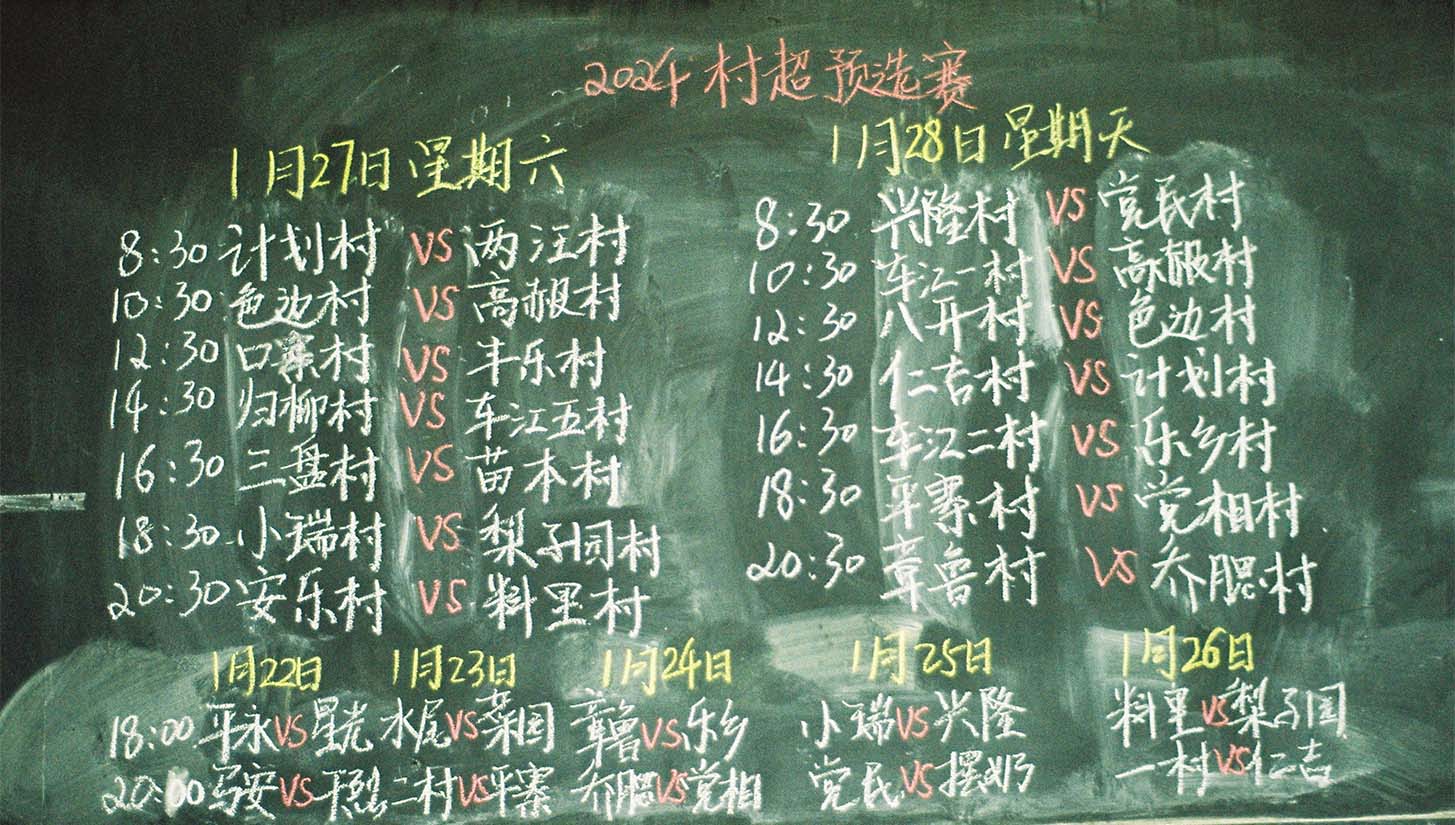
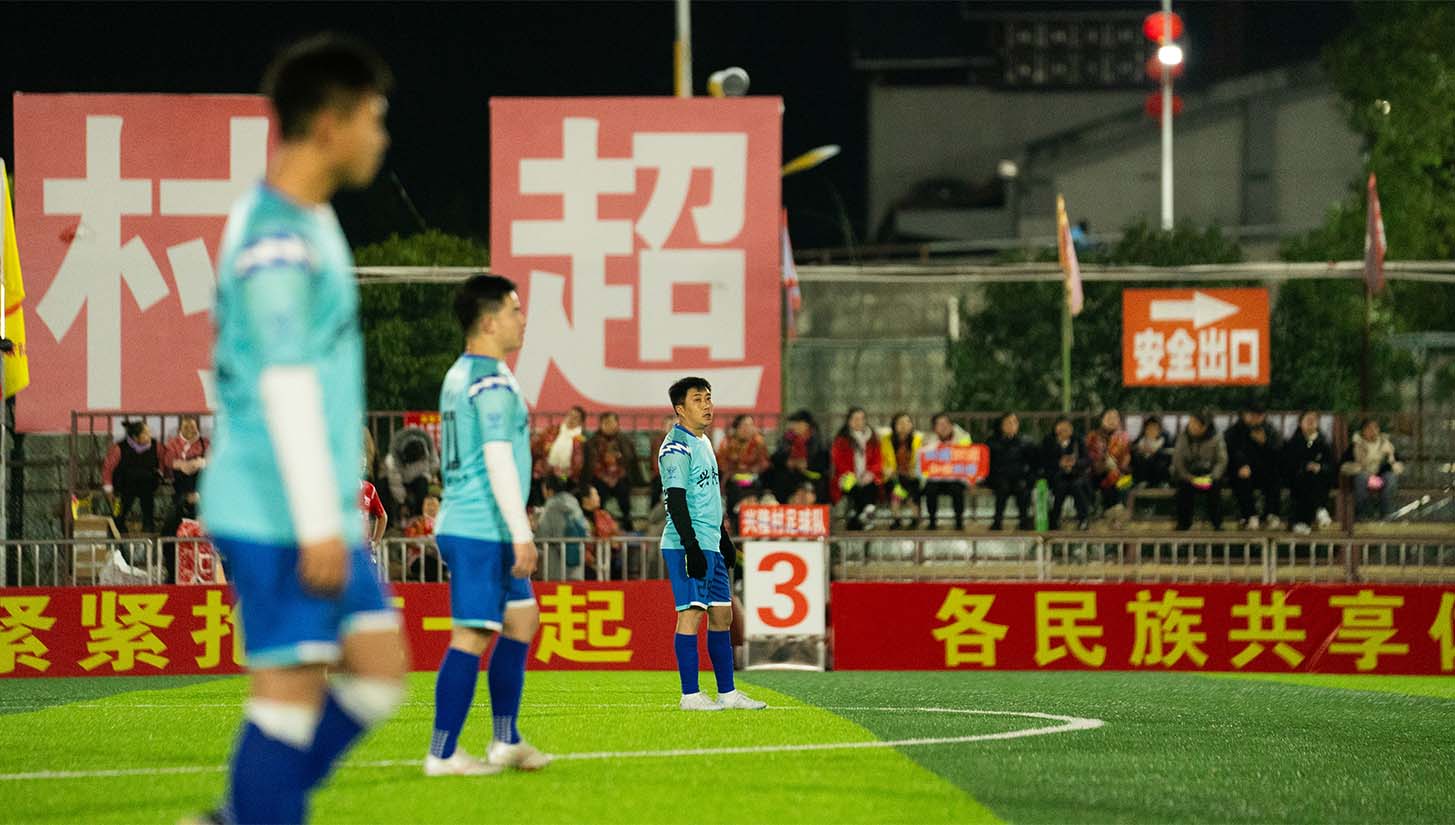
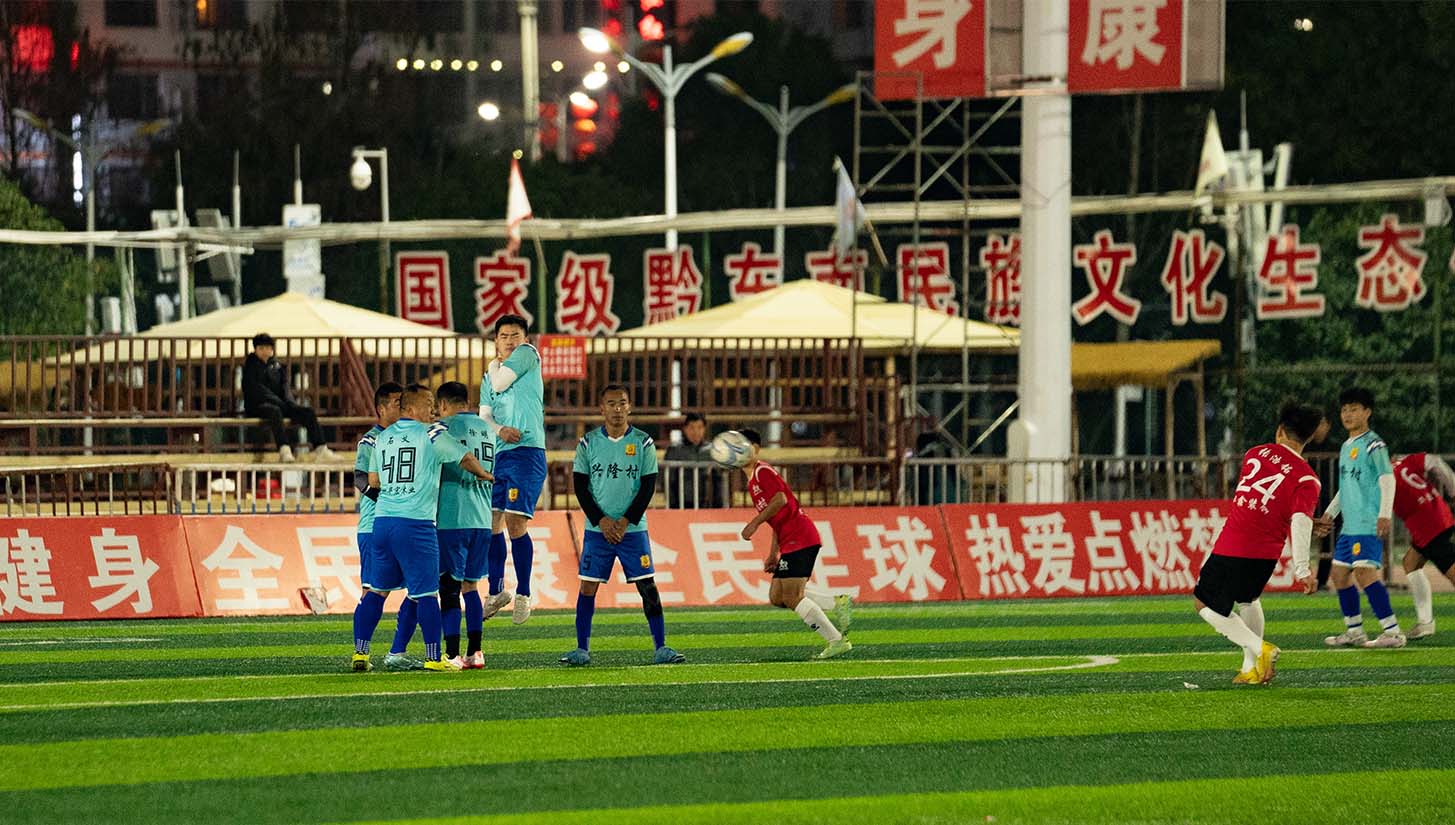
Currently it’s qualifying. Sixty-two teams play four to five games each, and the top 20 teams will compete in the actual league, which runs from March to May. The teams themselves are comprised of local men, from butchers to farmers and teachers. They are allowed five foreigners, but they still have to be from Rongjiang — it truly is locals only. Most of the fans at the game don’t follow the Chinese Super League or national teams, but go to every game their village plays.
Se Bian is in its first year. Previously they were the “Golden Ox” of Lang Dong Village, but have decided to rotate which village they officially represent as there is a cluster in their area and they are the only team.
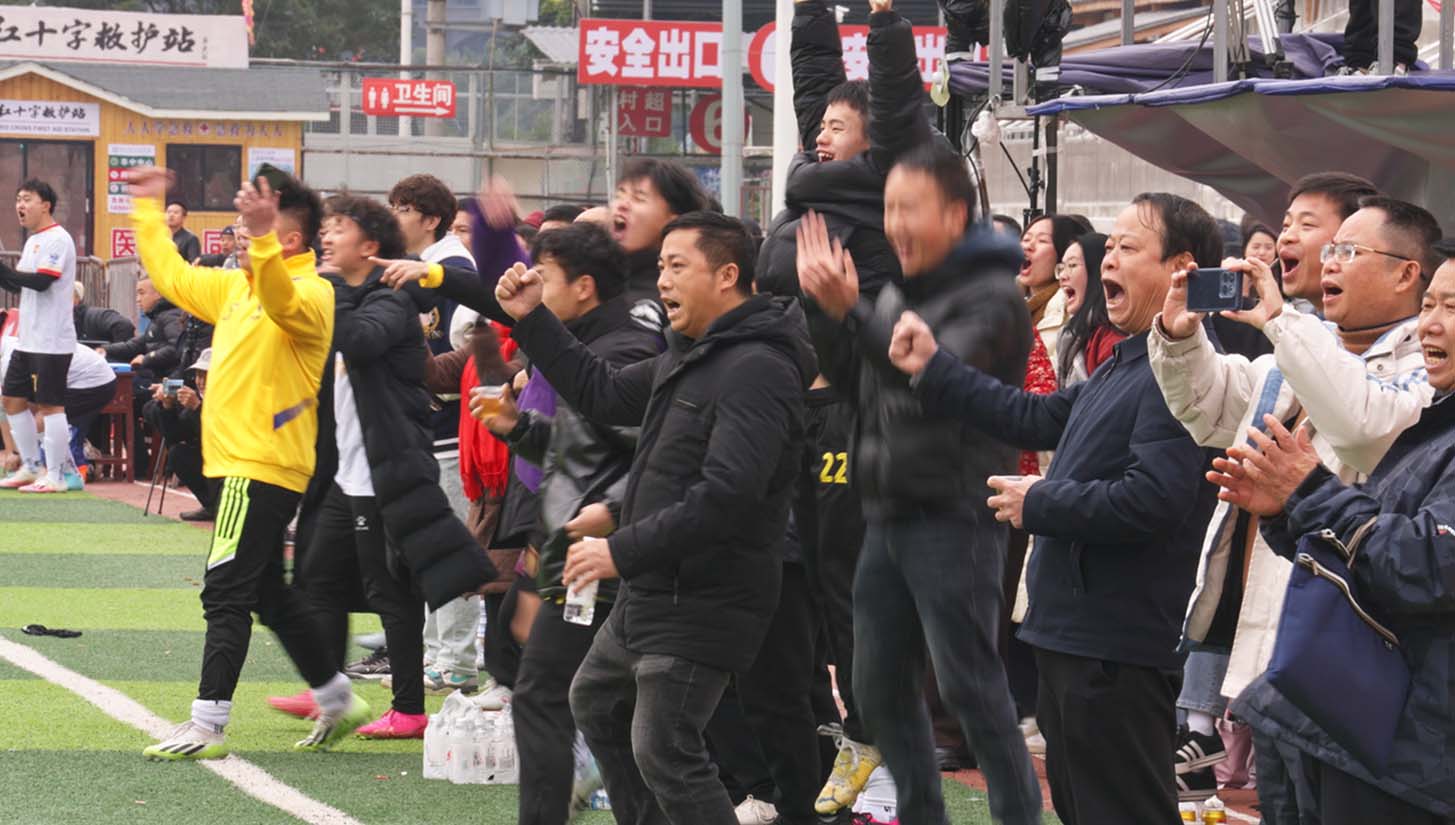
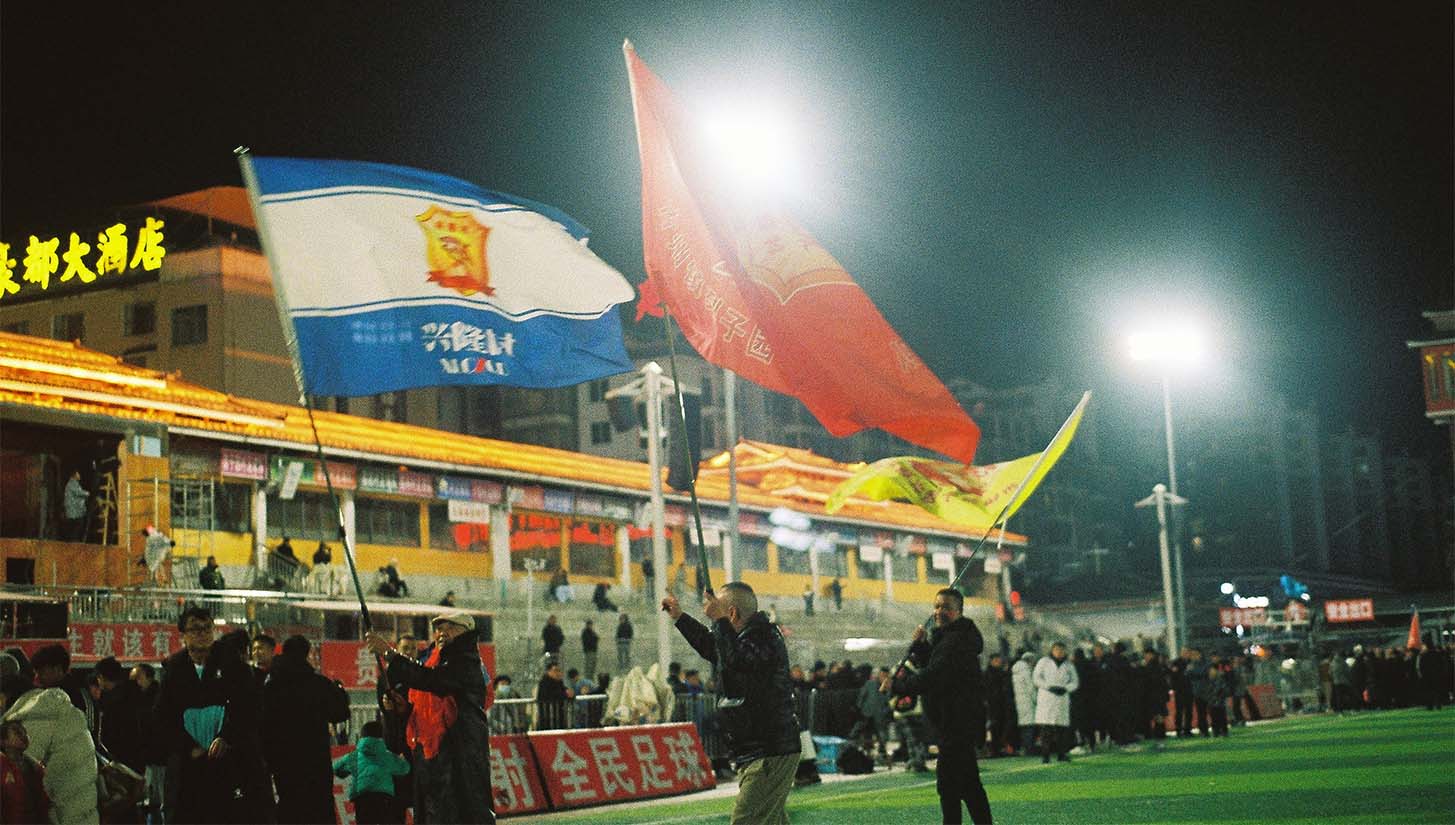
Celebrating culture is the most important aspect of Cunchao. Every team wants to win the league, but it’s for their village first and personal glory second. The stands are full but it isn’t only locals; the 2023 season brought in over 2 million tourists during the season. These fans come from all over the country, as during the hotter months of the year in the north a trip to the mountains is perfect.
They also can stay and explore the different villages in the county, and for a county of half a million that influx is massive. The games are professionally streamed with a three-camera setup that got 50 million viewers watching last season.

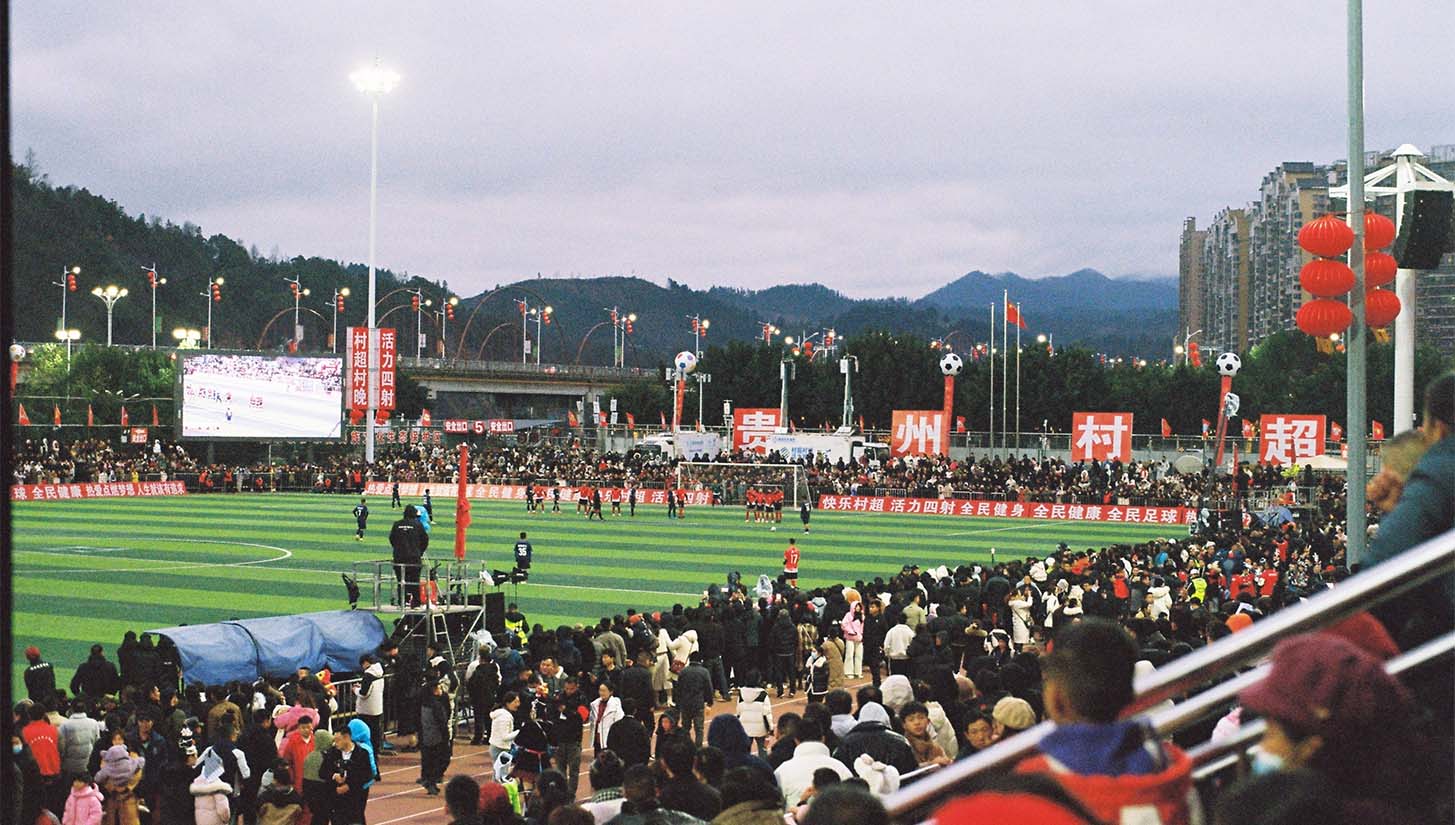
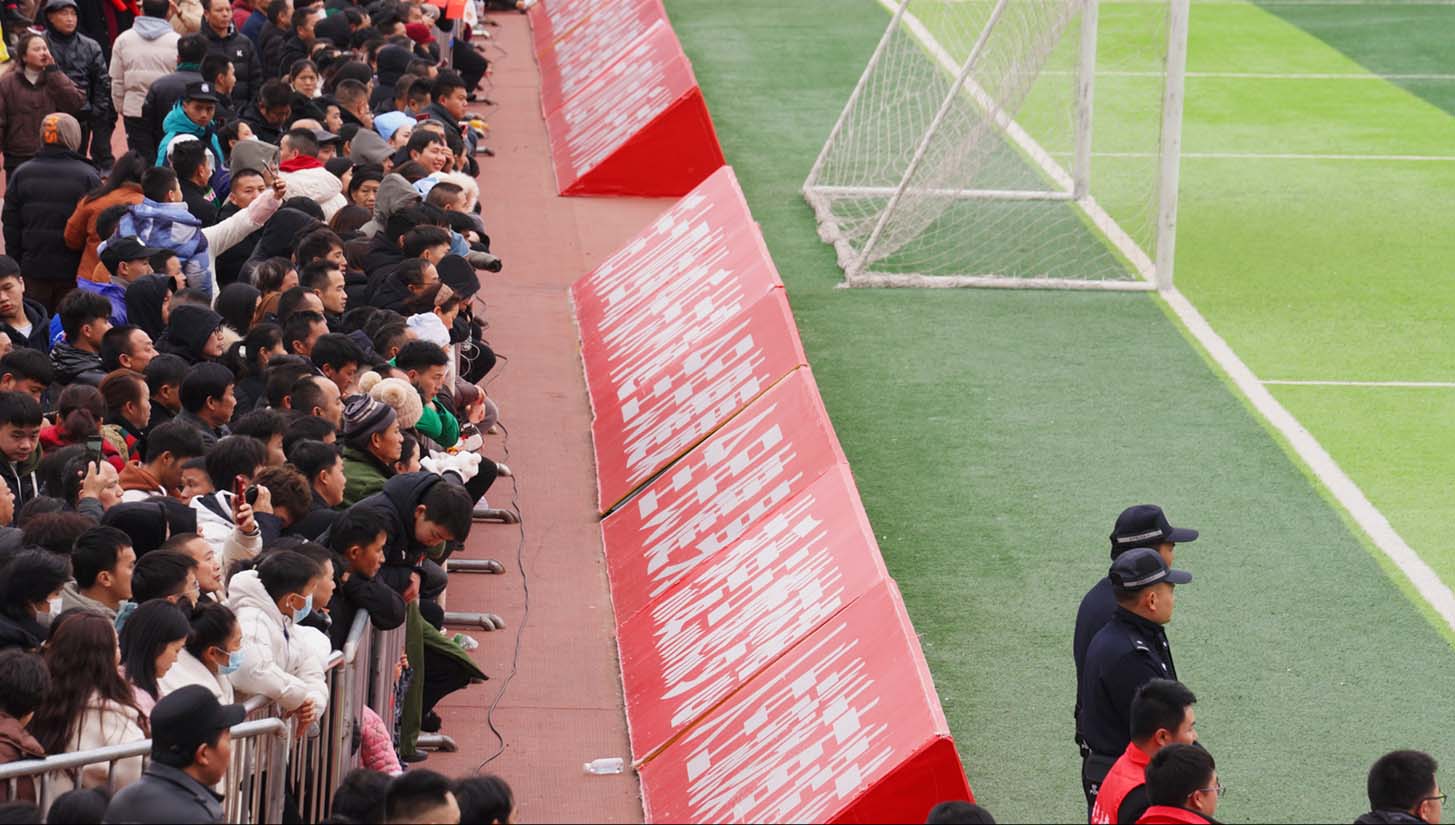
There are dozens of fans streaming from their cellphones as well, some just to family members but others with large online followings. It’s not just about some old men playing here, it’s a county coming together to promote itself and share its culture with the entirety of China and hopefully the world. Exhibition games with a semi-pro team from Hong Kong last year and a French amateur team this year give qualifying some extra celebrity.
But the most impressive part of the league is their partnership with the English Premier League. Michael Owen came and led a clinic and participated in an exhibition game. The partnership goes beyond celebrity appearances too — a coaching exchange has sent members from Cunchao to England to learn about grassroots soccer in the United Kingdom. How to cultivate community and training for youth. New soccer fields are being built at schools throughout Rongjiang now with Cunchao’s popularity being the driving force.
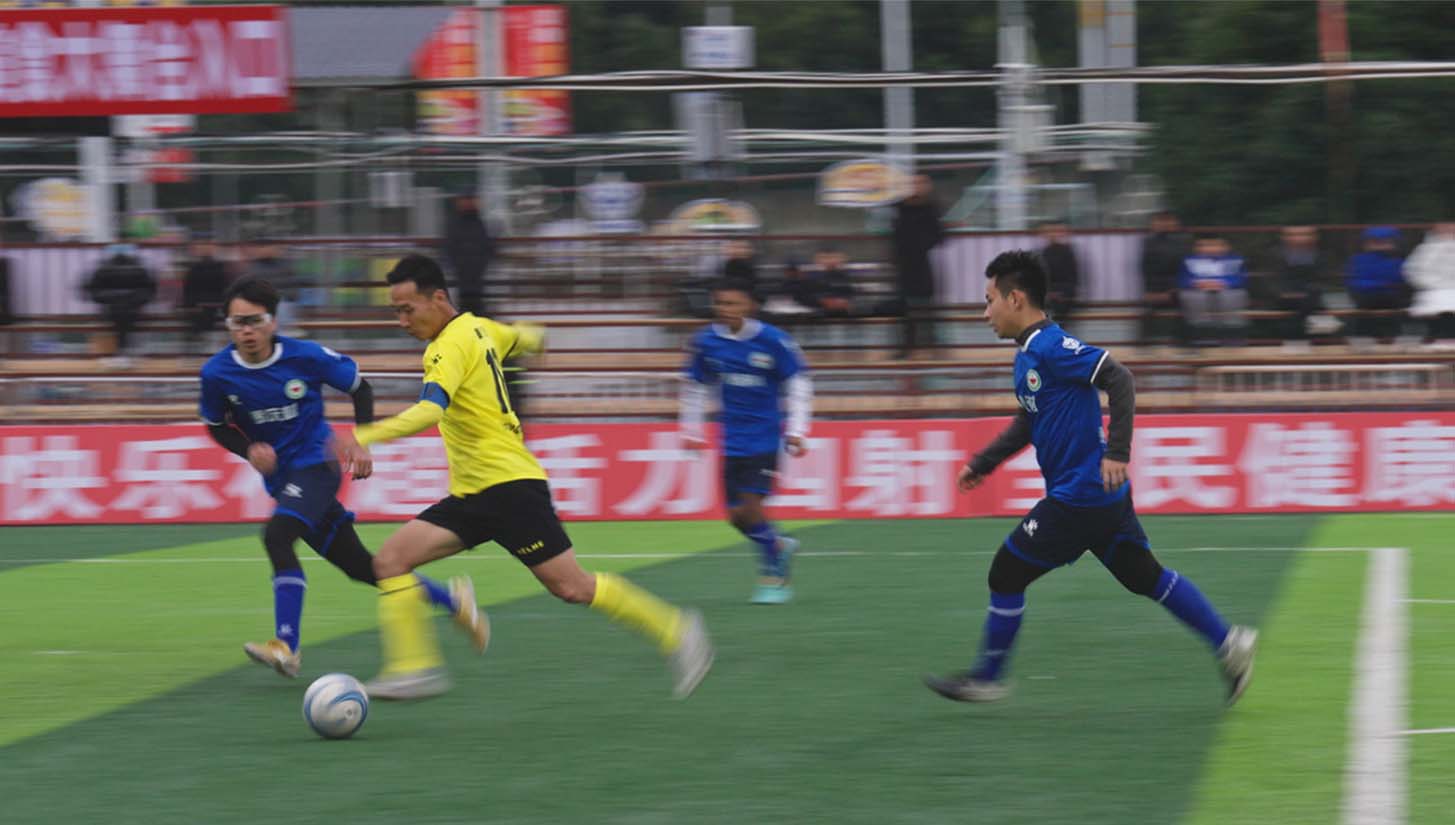
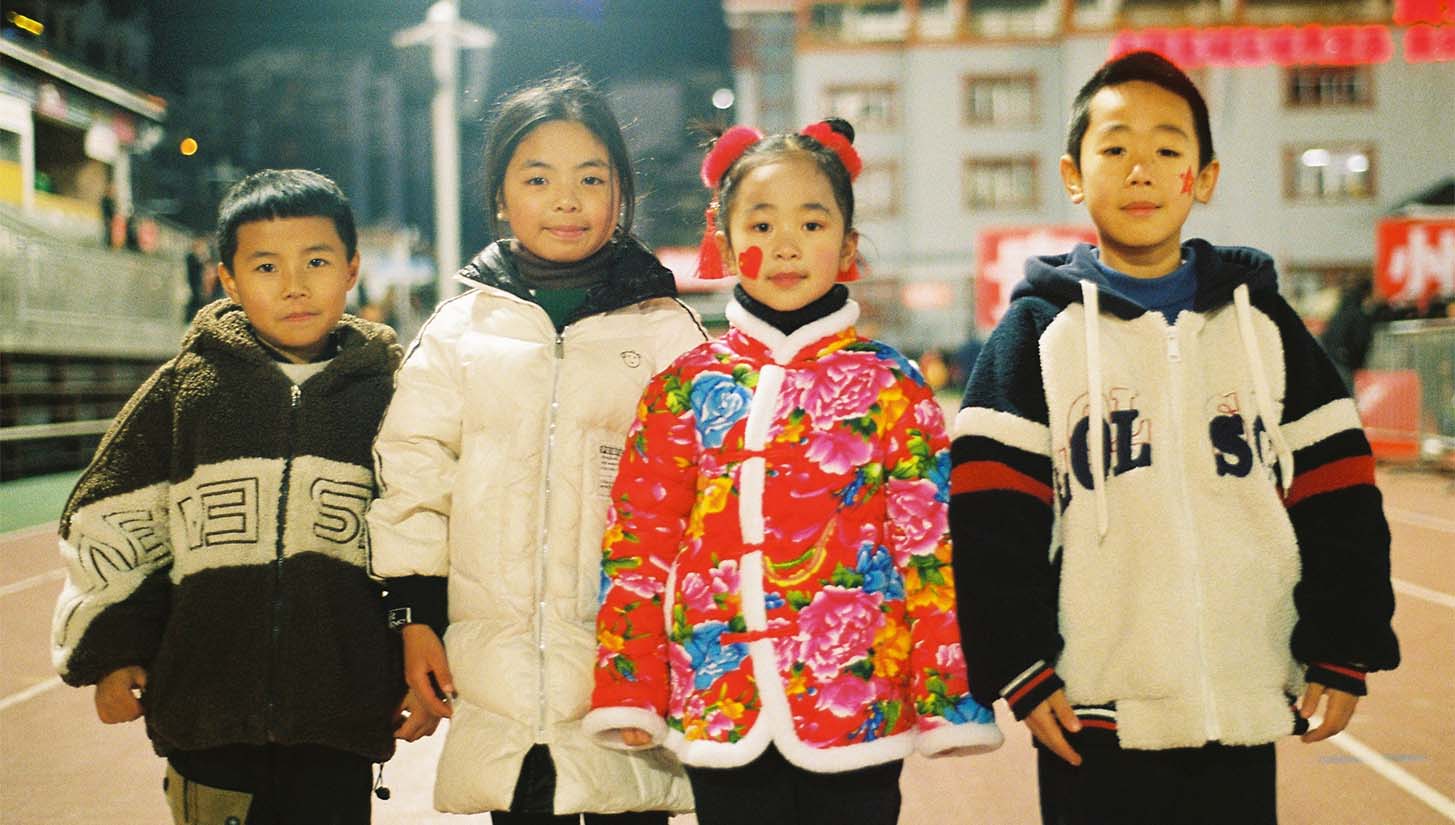
Can this county become a hotbed for Chinese soccer? Despite the sport’s lack of popularity in China as a whole, soccer has been in Guizhou and Rongjiang since the 1940s, when colleges had to relocate in the northern part of the country due to World War II. A university came to Rongjiang and their soccer team became quite popular with the locals kickstarting the sport’s presence and popularity in the rural mountains.
Part of what makes qualifying special is that it happens during the weeks-long Lunar New Year celebrations.
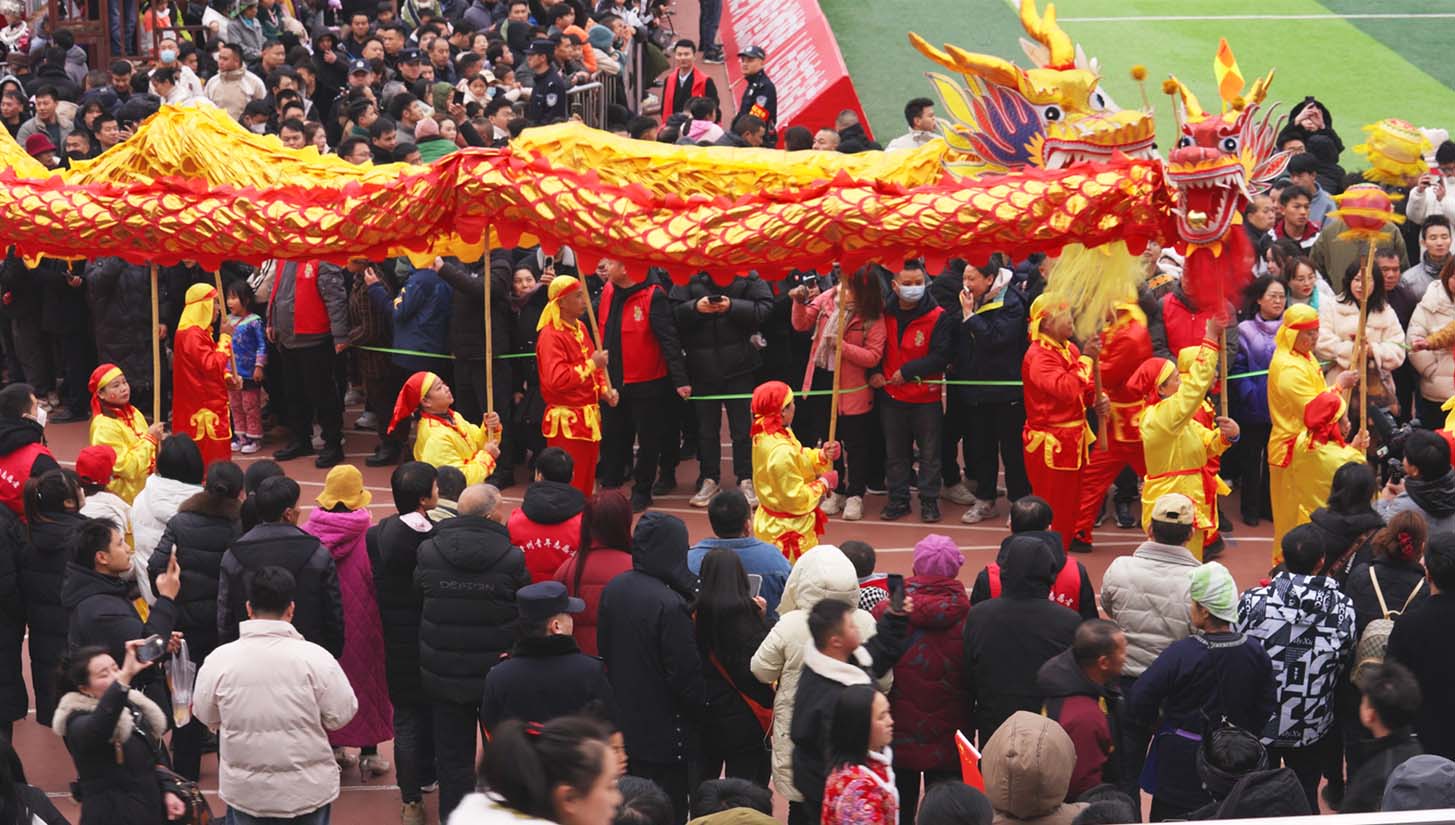
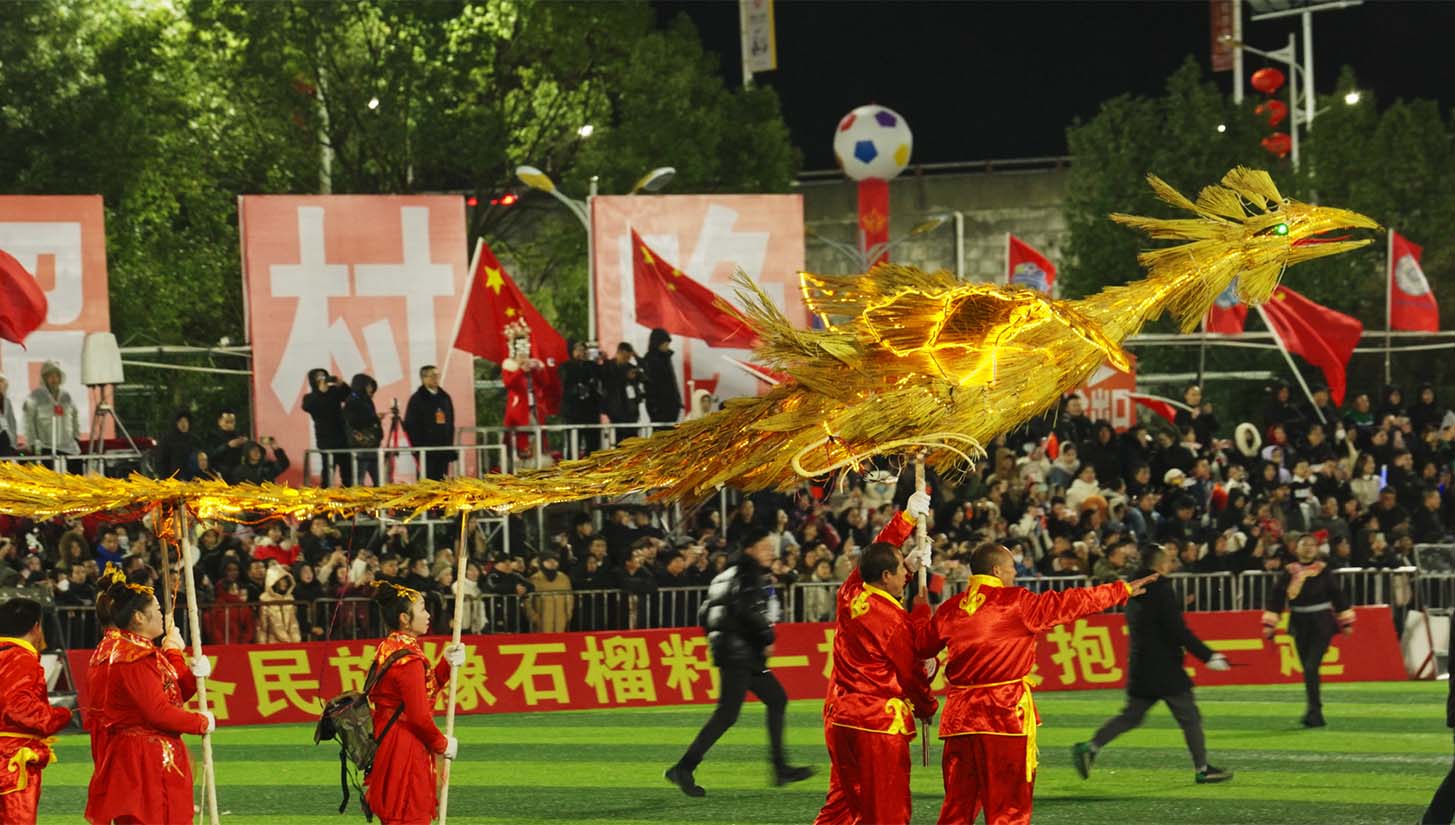
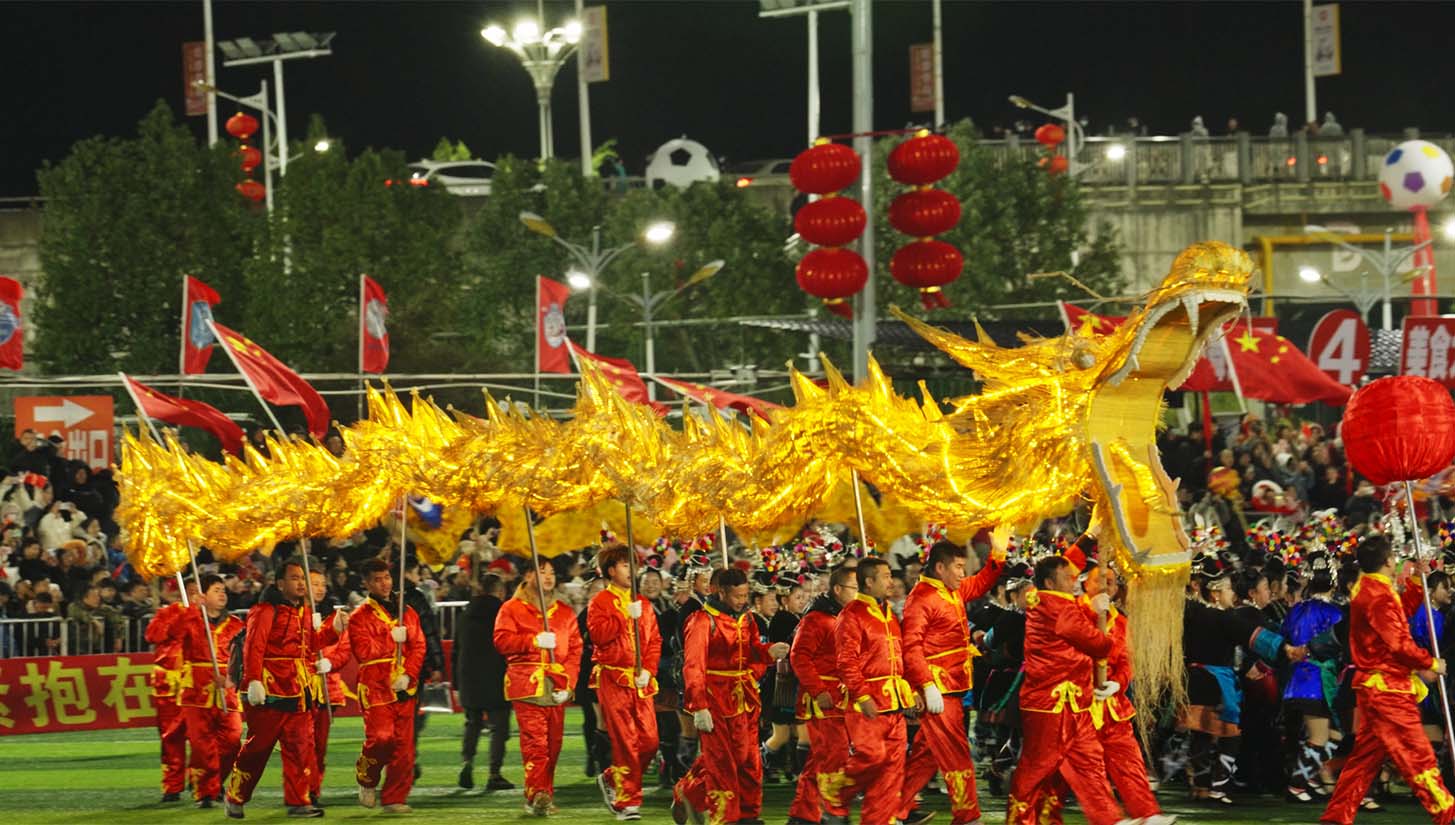
Everyone is off work and with their family. Lunar New Year itself is an outdoor gala at Cunchao field, and exhibition games between middle schools and high schools followed by a Rongjiang All-Stars vs. a team from Macau start the night off.
The main event is truly a spectacle with performances of all kinds. Traditional music and dance from multiple villages are mixed in with youth soccer, gymnastics and school dance routines. Qualifying ends on the 15th day of the Lunar New Year which coincides with lantern festival and the conclusion of the celebrations.
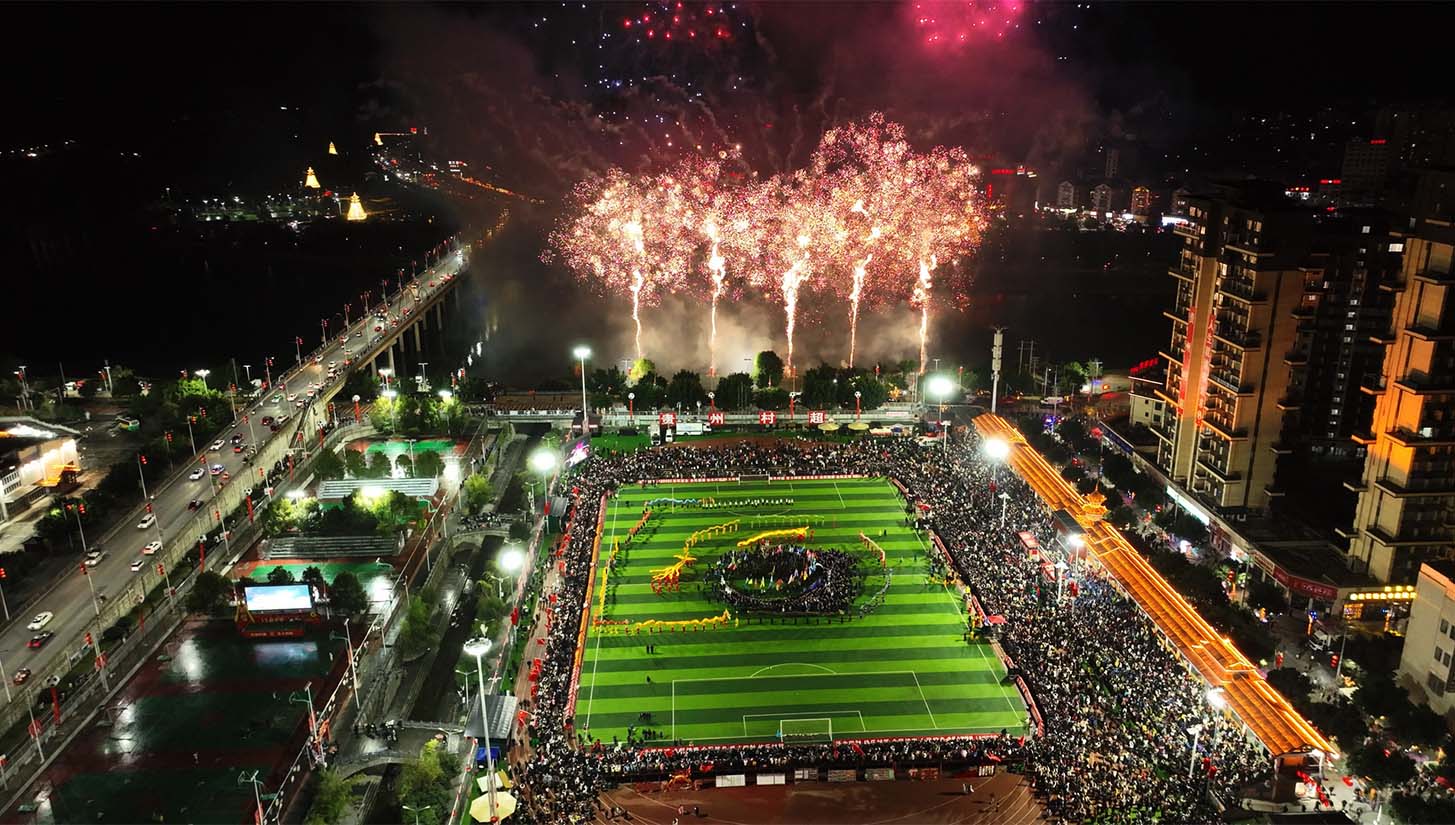
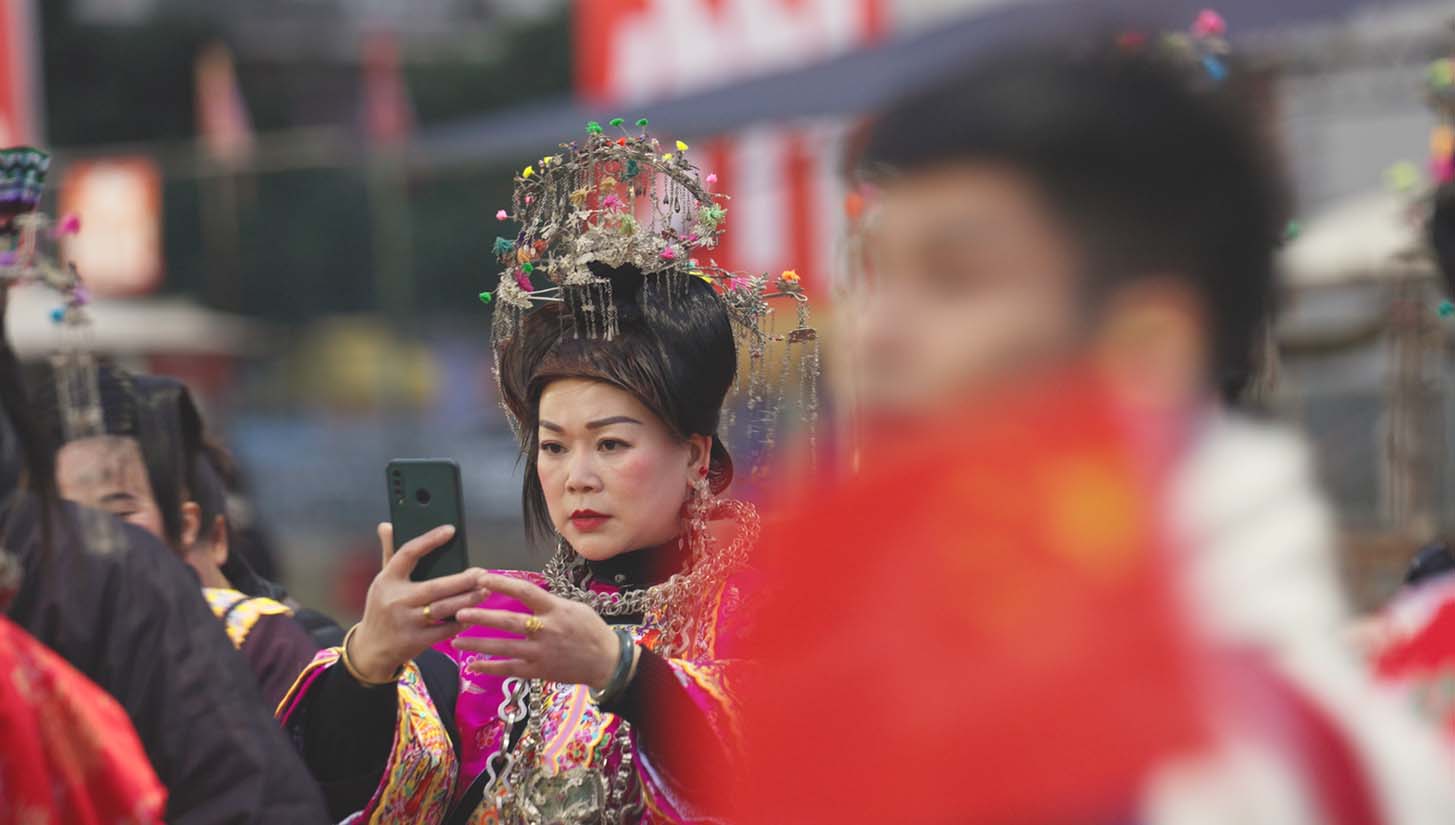
There is an undeniable Texas High School Football feeling with how rabid the support is, but also with how town/village-focused the support is. Old men on the sideline smoking cigarettes while little kids poke their head through the railing to get a better view. You need to get there early otherwise you’re standing.
Being at these games is undeniably fun and infectious as a fan; you don’t have to be from either village that has a team on the field to get caught up in the emotions of the game. This is what sports is truly about, putting in your best effort but being a part of something bigger than yourself. Being abroad and checking in on MLS news for it to only be an update on Lionel Messi, a referee lockout, or the league trying to exit the U.S. Open Cup has put it into perspective.
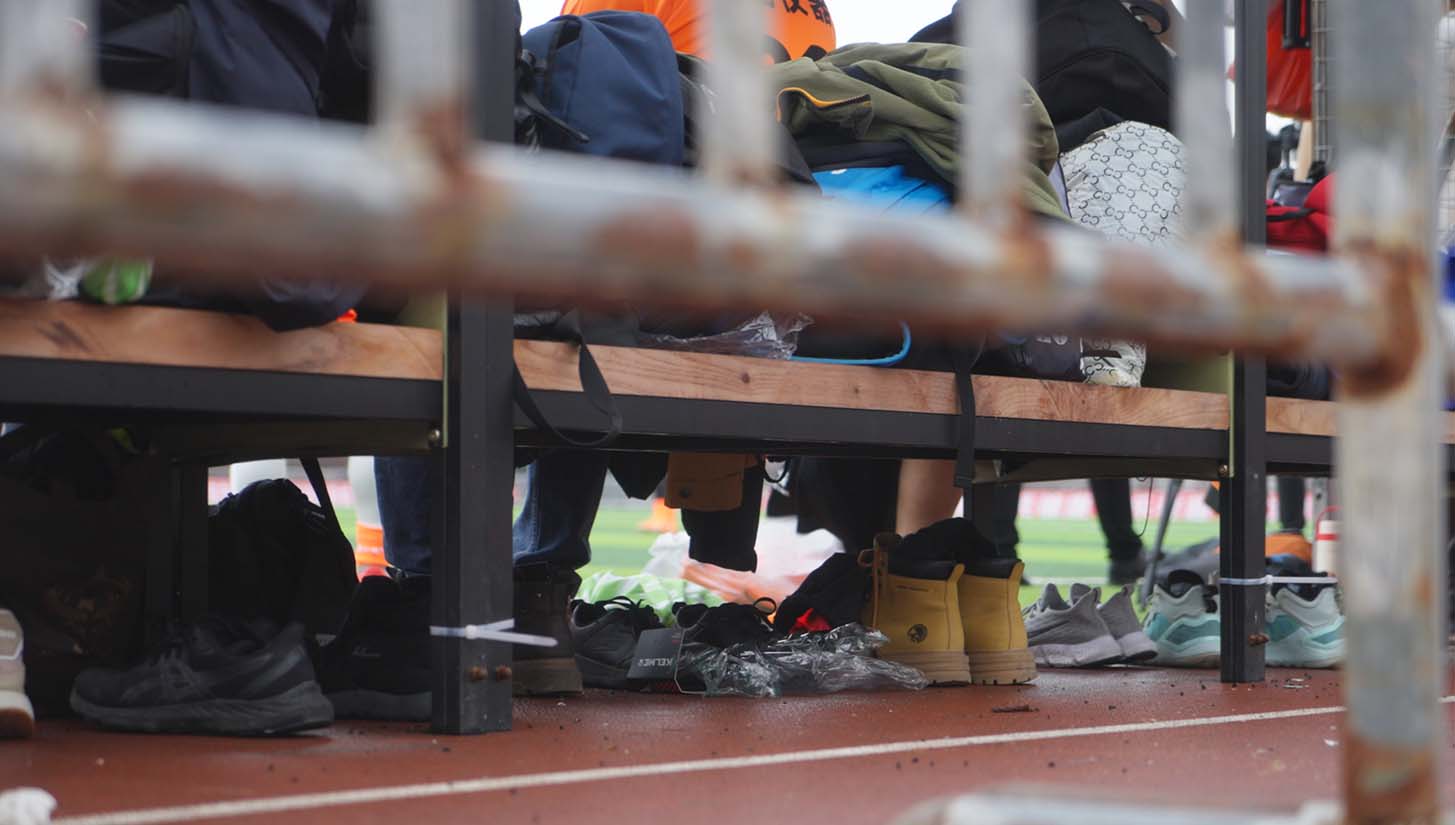
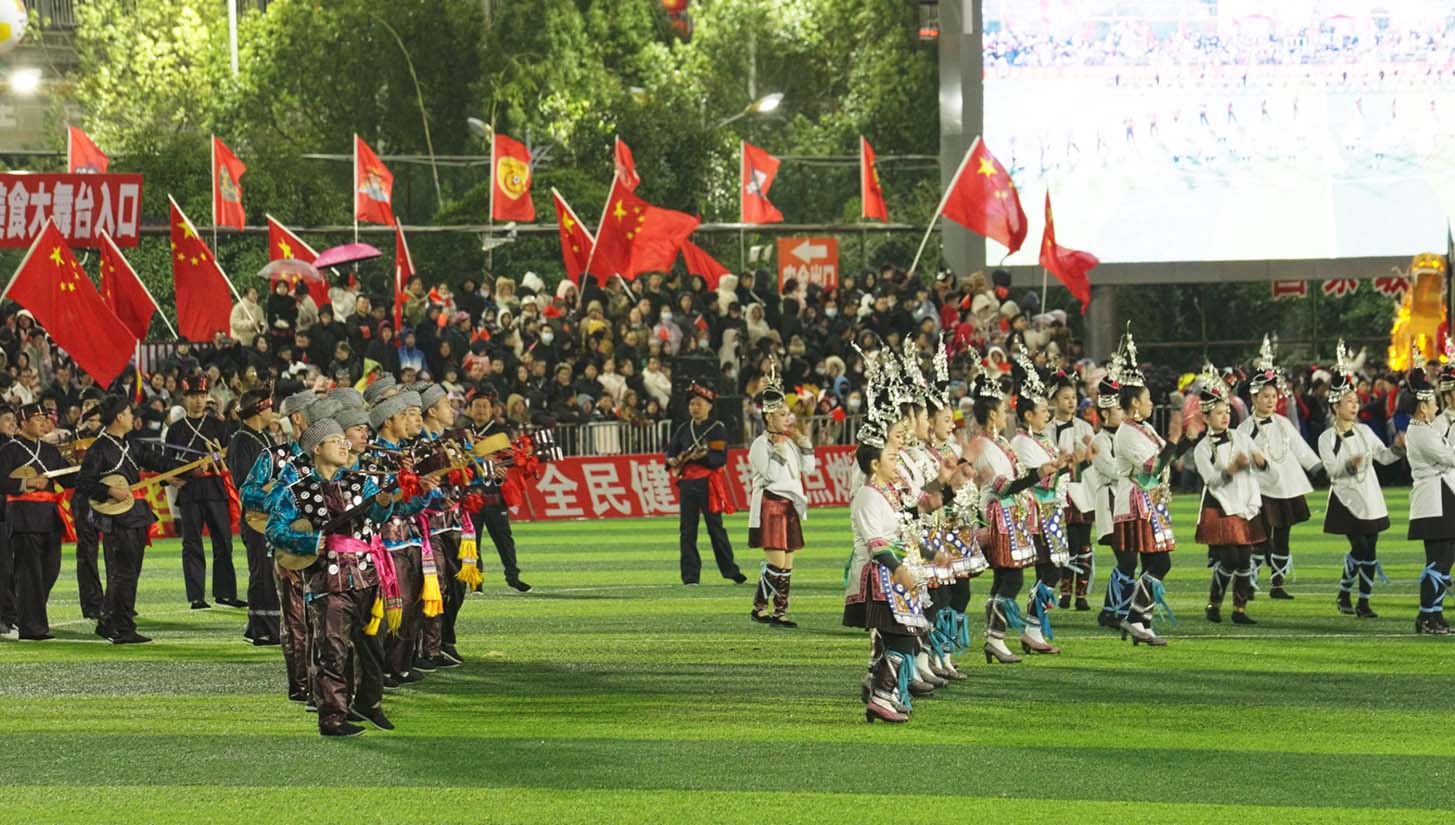
The vibes have to be there for soccer because there are so many options around the world. Just like so many of the fans at Cunchao don’t follow many other outside leagues — they aren’t wasting their time with leagues or teams that put profitably first. Supporting local isn’t a stake in the ground saying that it’s “the best,” it’s a stake in the ground that says “I’m a part of it” and I want it to get better. A popular Cunchao benefits the entire region, financially obviously but the knowledge and appreciation of Dong and Miao traditions are cultivated and spread. Rural communities across China and quite frankly the entire world are struggling with brain drain and slowly dropping populations, and Cunchao can change that.
Photography by Kyle Scoble for Urban Pitch unless otherwise specified.








